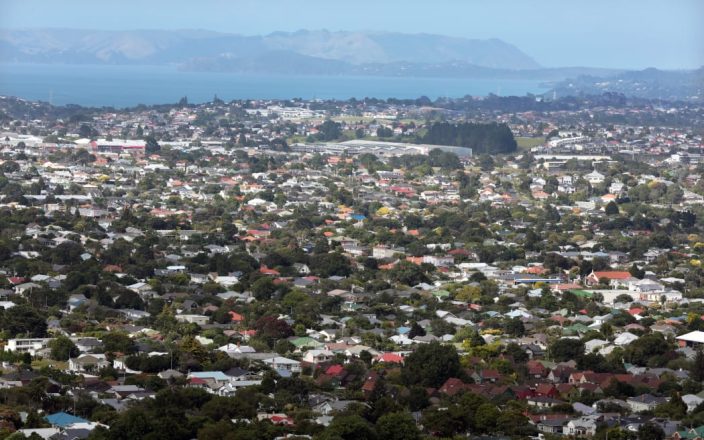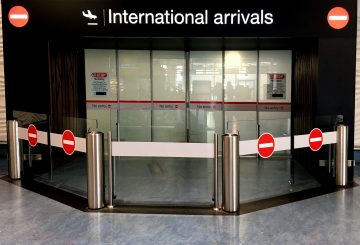Các vùng ngoại ô Auckland trông giống nhau từ trên cao, nhưng chúng có sự chênh lệch giá lớn trên mặt đất. Một số người mua trả nhiều tiền hơn để sống ở các khu vực phổ biến.
Nghiên cứu từ Corelogic cho thấy giá trung bình của những ngôi nhà ba phòng ngủ khác nhau rất nhiều giữa các vùng ngoại ô gần đó. Ví dụ, trung bình của Epsom là 1,92 triệu đô la, trong khi Greenlane gần đó là 1,52 triệu đô la. St Heliers trung bình 1,7 triệu đô la so với Glen Innes ở mức 1,12 triệu đô la. Các so sánh khác bao gồm Mt Eden ở mức 1,91 triệu đô la và Mt Roskill ở mức 1,07 triệu đô la, và Ponsonby ở mức 2,4 triệu đô la so với Grey Lynn ở mức 2,04 triệu đô la. Tại Wellington, Khandallah là 1,07 triệu đô la trong khi Ngaio là 965.000 đô la.
Các yếu tố ảnh hưởng đến mức giá này bao gồm khu vực trường học, tầm nhìn, khả năng tiếp cận các tiện nghi, phương tiện giao thông và chất lượng nhà cửa. Một trường hợp cụ thể là Apirana Ave ở Auckland. Ngôi nhà số hai nằm ở St Heliers, trị giá 1,59 triệu đô la, trong khi số bốn ở Glen Innes được niêm yết ở mức 1,37 triệu đô la nhưng có kích thước lớn hơn.
Cư dân thường thích nói rằng họ sống ở một vùng ngoại ô uy tín hơn, ngay cả khi ngôi nhà của họ rất gần biên giới. Ví dụ, một số người ở Miramar thích nói rằng họ sống ở Strathmore vì danh tiếng tốt hơn.
Huấn luyện viên bất động sản Andrew Duncan cho biết khu vực trường học là lý do chính dẫn đến sự chênh lệch giá cả, đặc biệt là đối với các gia đình. Ông cũng chỉ ra rằng phong cách nhà ở rất quan trọng. St Heliers có những ngôi nhà lớn hơn, phong cách, trong khi Glen Innes có những ngôi nhà nhỏ hơn, cũ hơn hầu hết đang được thay thế bằng nhà phố.
Duncan tin rằng mọi người sẽ trả nhiều tiền hơn để ở vùng ngoại ô có giá trị tài sản cao hơn, hy vọng có được lợi nhuận tài chính trong tương lai. Ông lưu ý rằng nhận thức về danh tiếng của vùng ngoại ô ảnh hưởng đến sự phổ biến của nó. Những người di chuyển từ các khu vực khác thường tìm kiếm các vùng ngoại ô nổi tiếng trước.
Gavin Lloyd từ Trade Me nói rằng sống ở những khu vực nổi tiếng làm tăng nhu cầu. Khu ngữ pháp kép uy tín ở Epsom là một điểm thu hút lớn đối với nhiều người mua.






























































